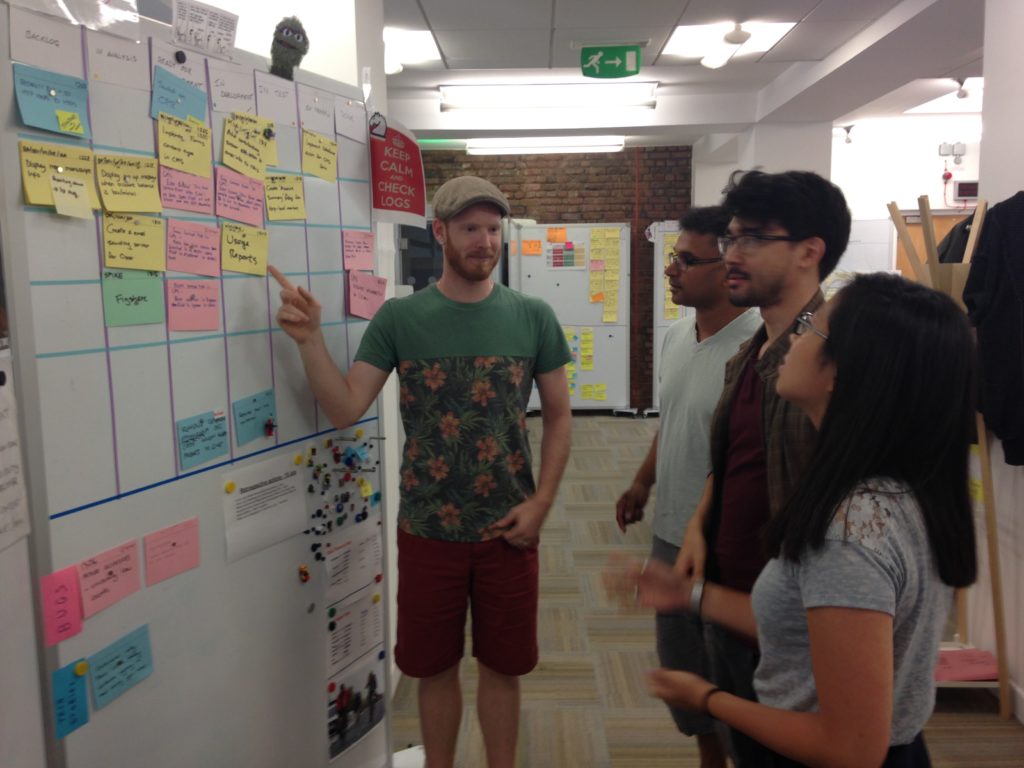Over 15 years ago, BioMed Central was the first publisher to openly post named peer reviewer reports alongside published articles as part of a ‘pre-publication history’ for all medical journals in the BMC series. Fiona Godlee, then Editorial Director for Medicine, set out her reasoning in a commentary published in 2002. She cited four main reasons in support of open peer review:
- Ethical superiority – open peer review makes the reviewer (and the editor) more accountable for the peer review and decision-making process
- Lack of adverse effects – it doesn’t decrease the ‘quality’ of the review
- Feasibility – it can work in practice
- Credit – recognition for the work peer reviewers do.
Over the years, other biology and medical titles within BioMed Central’s academic journals also adopted open peer review, including Biology Direct, Environmental Health, and Trials. Other publishers have also championed open peer review in various guises (see timeline in Eva Amsen’s F1000Research blog here).
As part of the on-going improvement of our journal websites, our technology team spent time looking at the way open peer review was highlighted. The User Experience team did a lot of research and testing with users to understand how they wanted to see and access information regarding open peer review.

Ironically, although the journals involved set out to promote openness, the feedback from users suggested that the availability of peer review reports was not as apparent as it could have been. Users wanted more clarity that a given article had open peer review reports to accompany it; they wanted to easily access those reports and they wanted general information about what open peer review is.
In response to this feedback, the team set out to rethink the approach to how users could be made aware of open peer review, using Agile software development incorporating lean methodologies and unique story writing, consistent with the methods used to rebuild our journal websites.

Mock-up of potential open peer review lay out
After further feedback and discussions, the end result is now available, for example, see this article published by BMC Medicine. For open peer review journals it’s clear that reports are present and reviewer reports and authors’ responses are clearly tabulated. Further explanations about open peer review are also supplied.
We hope you’ll agree that these changes have enhanced the display of open peer review. However, there is still a way to go. The theme for the forthcoming Peer Review Week this September is recognition for peer review. In recognizing the importance of the work peer reviewers do, as emphasized by Fiona Godlee in 2002, we need to move with the times and provide DOIs to open peer review reports, as others do. This work is underway and we hope there will be more to share in the near future. Watch this space!
For questions and feedback, please join in via the comment box below.
Thomas Appleyard, Todd Carter, Diana Marshall, Elizabeth Moylan, Pete Rowden, Ruth Rowland, Natasha Salaria, Daniel Shanahan, Tim Shipley, Leona Siu
it is really good things to start … i like it…